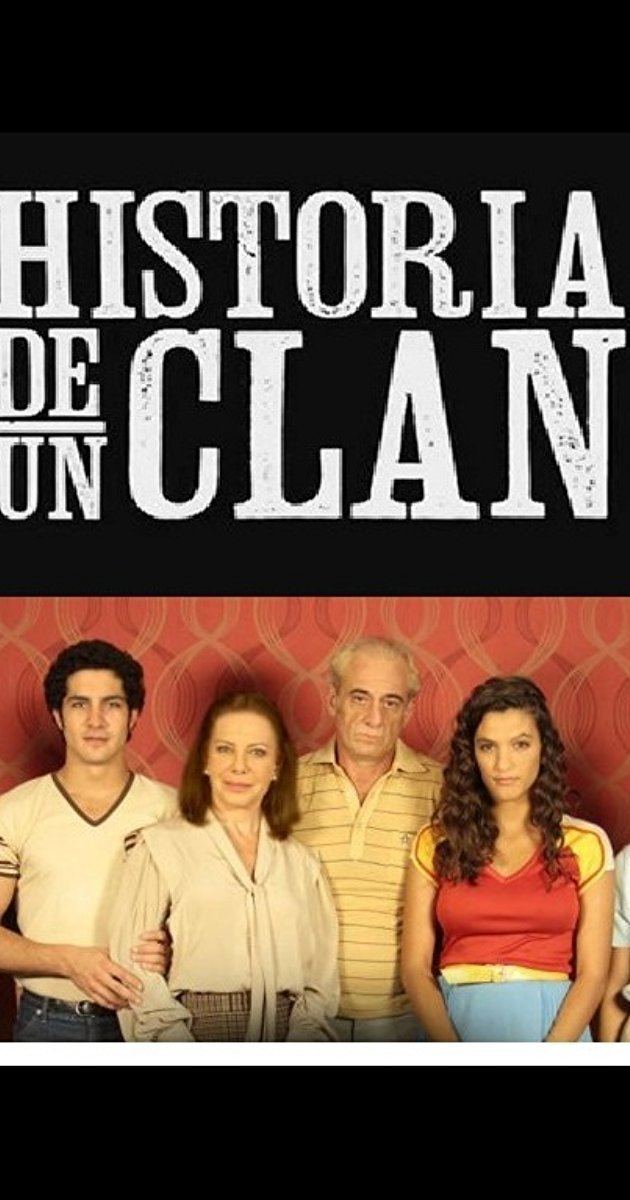7.8 /10 1 Votes
Directed by Luis Ortega Director Luis Ortega | 7.8/10 IMDb Written by Javier Van de Couter Country of origin Argentina Language Spanish | |||||||||||||||||||||||||||||||||
 | ||||||||||||||||||||||||||||||||||
Starring Alejandro AwadaCecilia RothRicardo Mario DarínNazareno Casero Awards Premio Ondas International TV Award: Special Mention, Silver Condor Award for Best Audiovisual for Digital Platforms Cast | ||||||||||||||||||||||||||||||||||
Historia de un clan (Spanish: History of a clan) is an Argentine TV series made in 2015 by Telefe, starring Alejandro Awada. It is based on the 1980s exploits of the real-life Puccio family.
Contents
Plot
The story is based on the Puccio family, who kidnapped and murdered people in Argentina during the 1980s.
Production
The first episode includes a nude scene by Ricardo "Chino" Darín, who plays a rugby player. This was the first scene of male full frontal nudity aired on Argentine television in almost 60 years. The writer, Javier Van de Couter, joked about it on social networks, generating many responses.
Rating
The first episode garnered 16.2 rating points. It was the second most-seen TV program of the day, following the last episode of the Binbir Gece rerun. It surpassed the miniseries Signos, which achieved 10.6 rating points.
Critical reception
Silvina Lamazares of the Clarín newspaper praised the quality of the series. She considered it the best work of actor Alejandro Awada's for television, and the consolidation of Ricardo Mario Darín as an actor.
The TV series has been compared with the film The Clan, released the same year, which is also based on the story of the Puccio family. According to Infobae, both productions have a "tense and hostile" mood, but the miniseries allows for the development of the story at a slower pace and the exploration of the characters in greater depth. Infobae also noted that Awada and Darín's characters received the most focus in the first episode, but considers that Cecilia Roth, Gustavo Garzón, Pablo Cedrón, Nazareno Casero, and Tristán Díaz Ocampo may have greater roles as the story develops.
